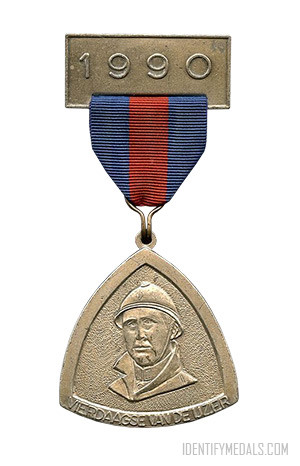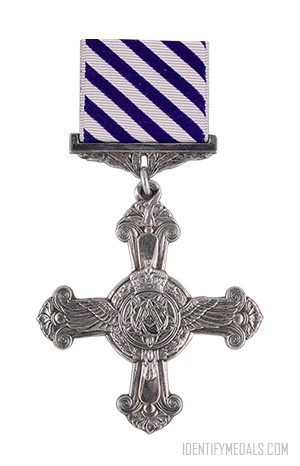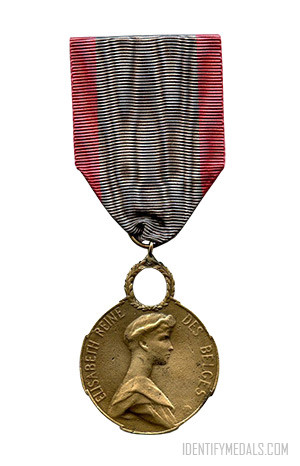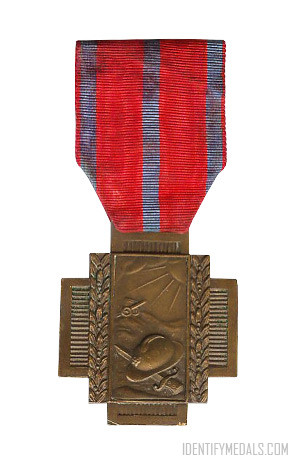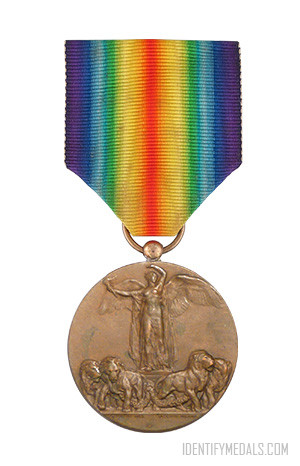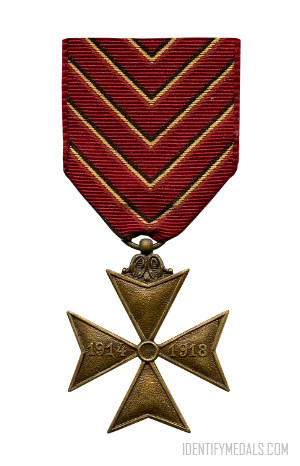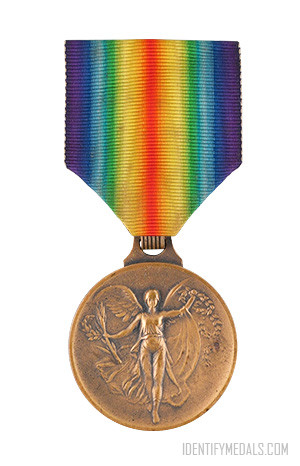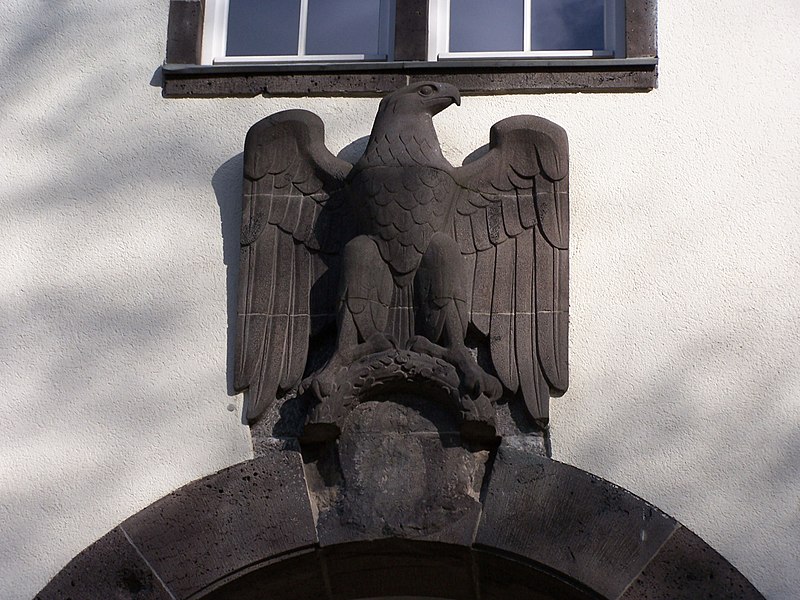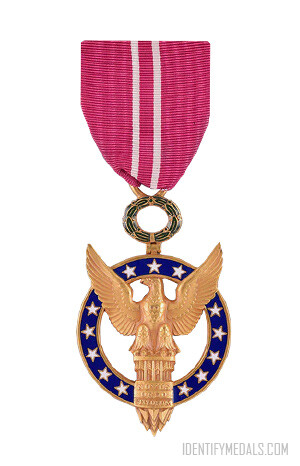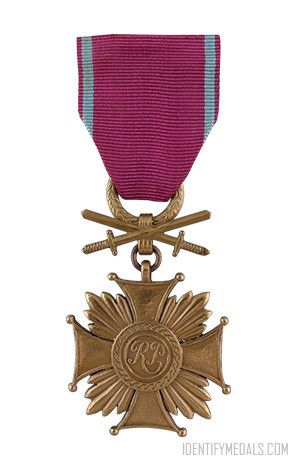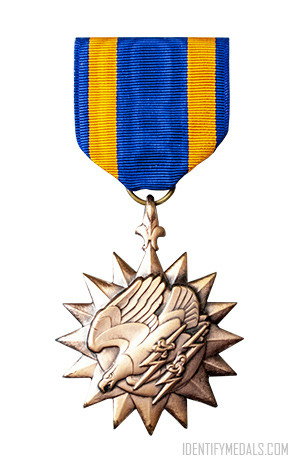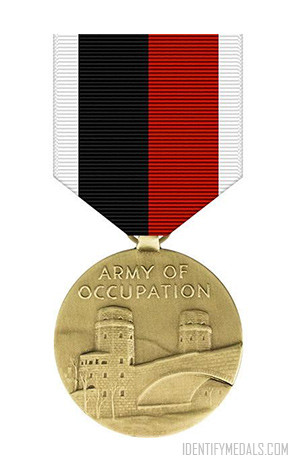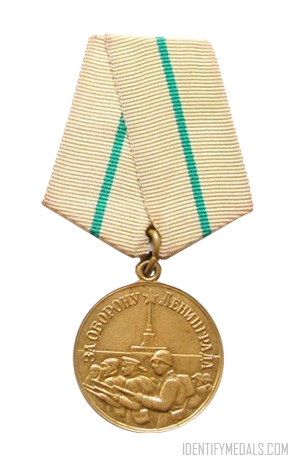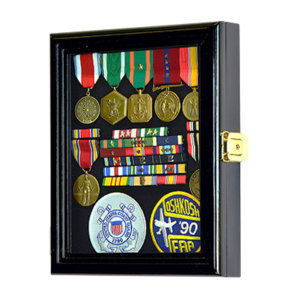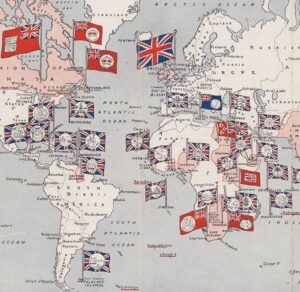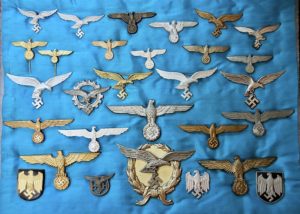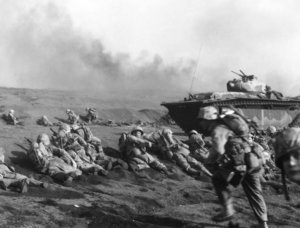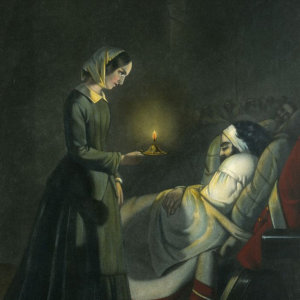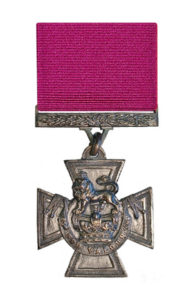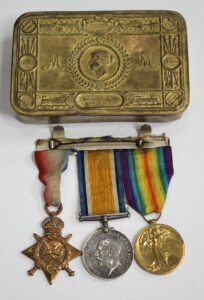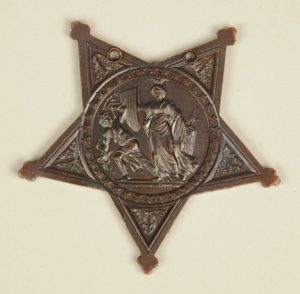The Four Days of the Yser Commemorative Medal (Médaille commémorative des “Quatre jours de l’Yser” / Herinneringsmedaille van de “Vierdaagse van de IJzer”) was established in 1967.
The Four Days of the Yser is a four-day international march organized since 1967 by the Order of the Horse Fishermen of Oostduinkerke, in order to honor the tradition of shrimping on horseback on the one hand and to emphasize the scenic attractions of the Westhoek, the western part of the Belgian coast.
Since 1972 it is organized by the Belgian Armed Forces to strengthen the bond between the Belgian Armed Forces and society, to commemorate the casualties of both World Wars, particularly those who fell on the battlefields of the Westhoek during the First World War, and to introduce the hikers to the historical and touristic values of the Westhoek.
The march was initially four times thirty-two kilometers long, but now currently has 8,16,24 and 32 km routes including detours for disabled access and pushchairs.
The Four Days of the Yser Commemorative Medal Design
The medal is round or triangular (the shape of the medal can change every five years), and struck in silver or bronze.
The obverse bears the imprint of a World War I Belgian soldier.
The ribbon is dark blue with a large vertical scarlet stripe. Small metal bars are added to the ribbon when the bearer has completed the march more than one time.

